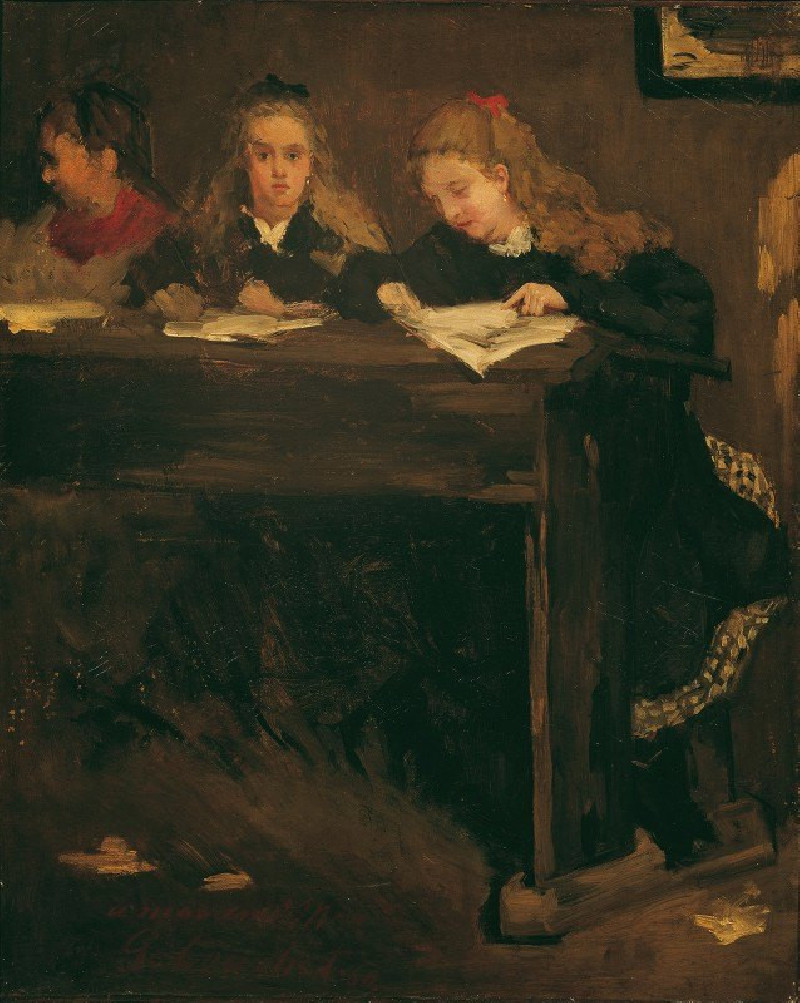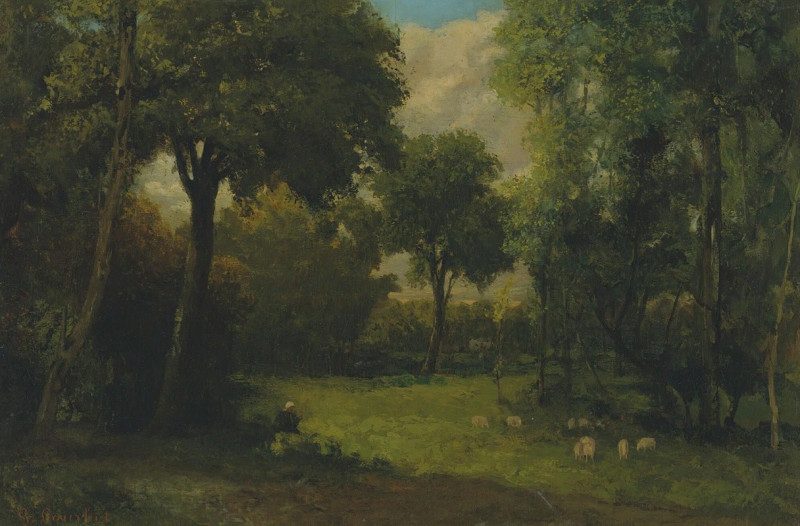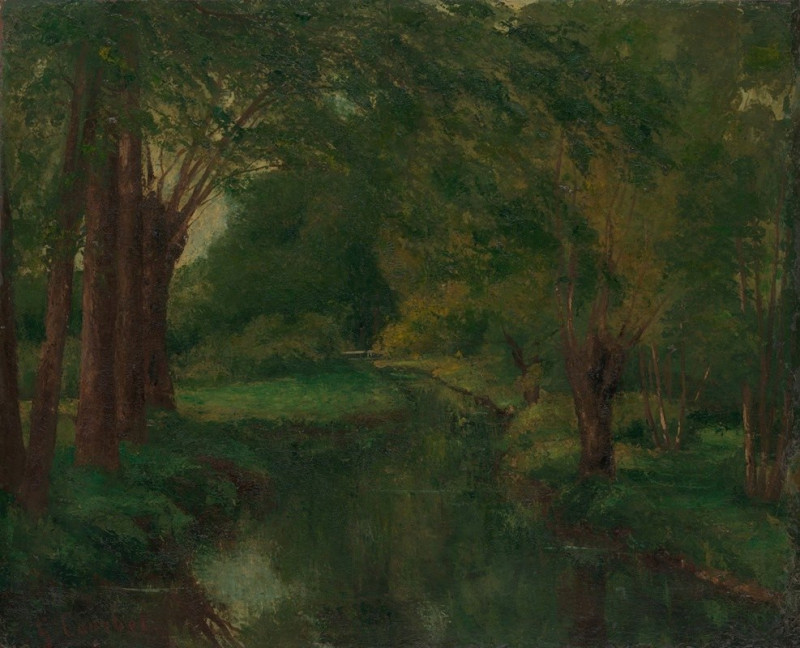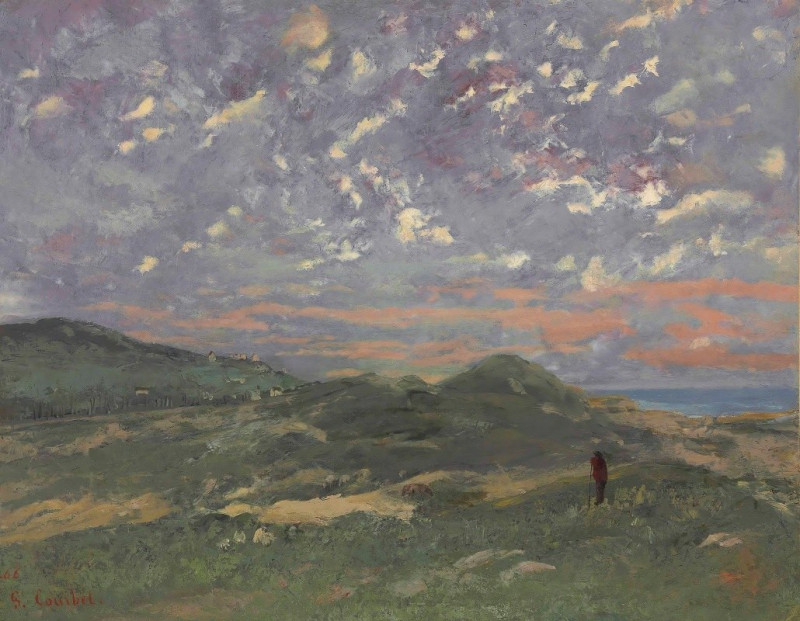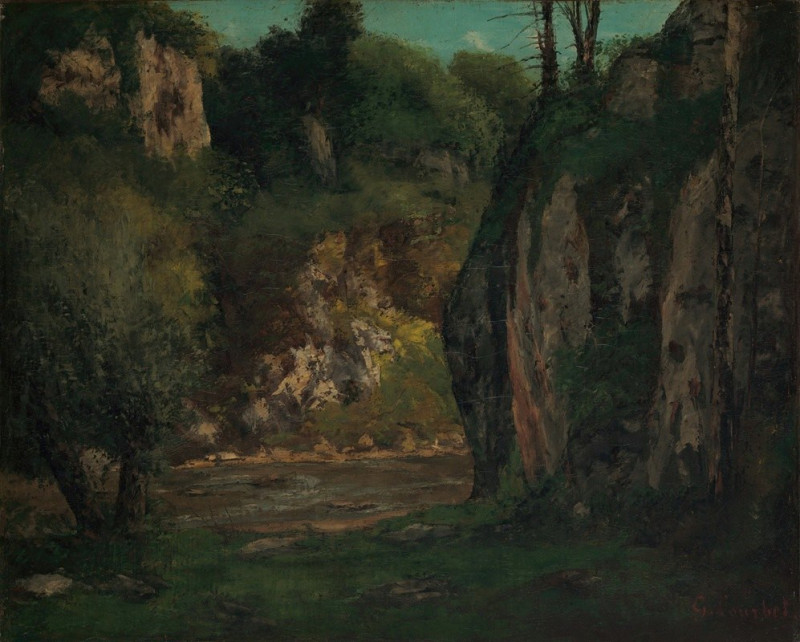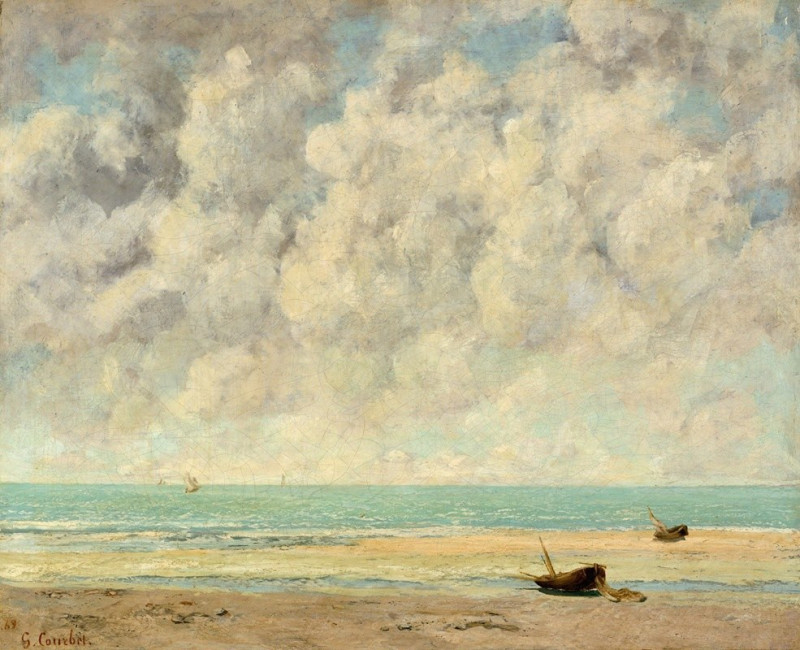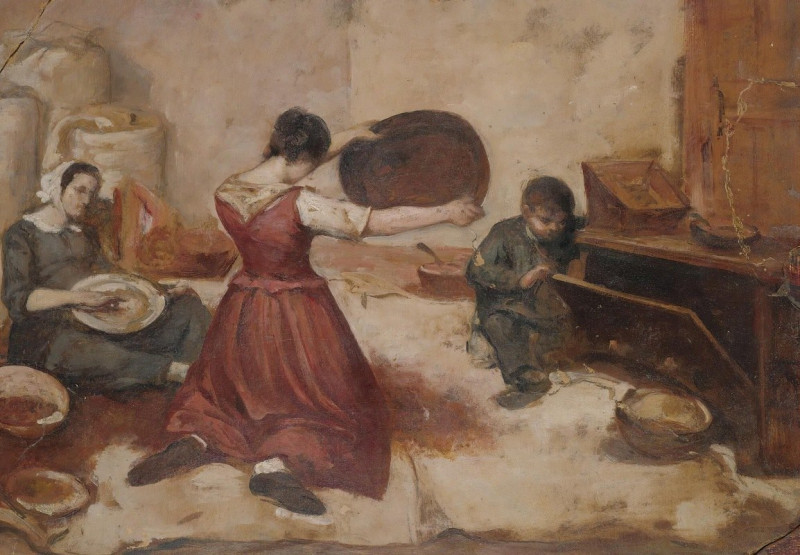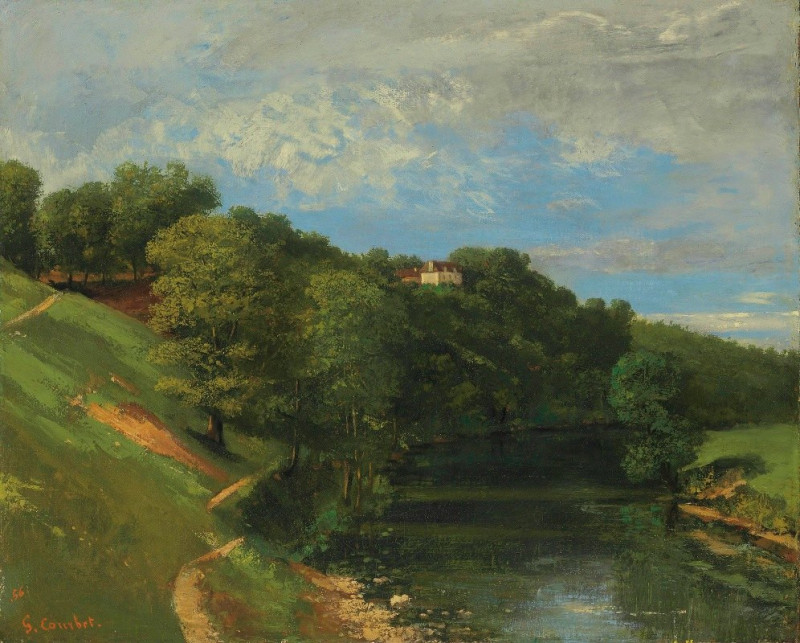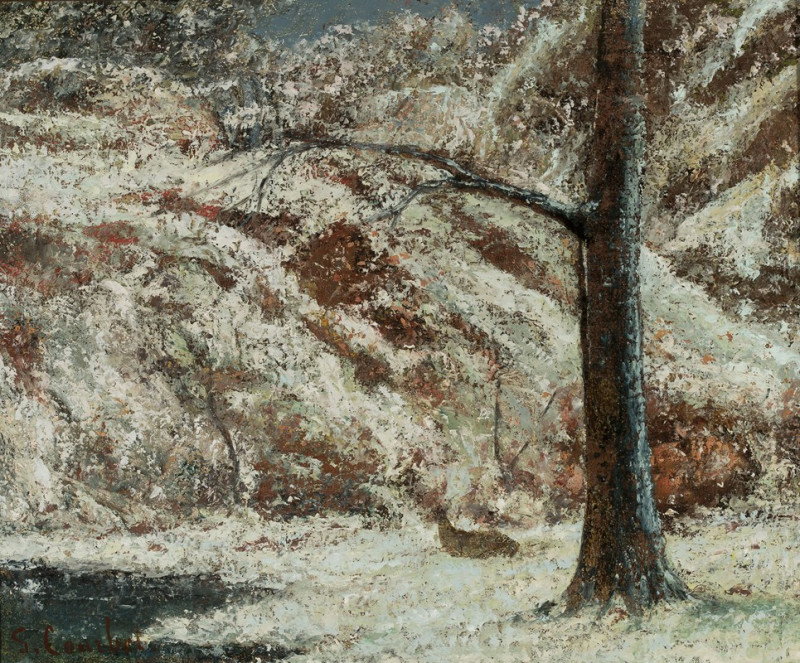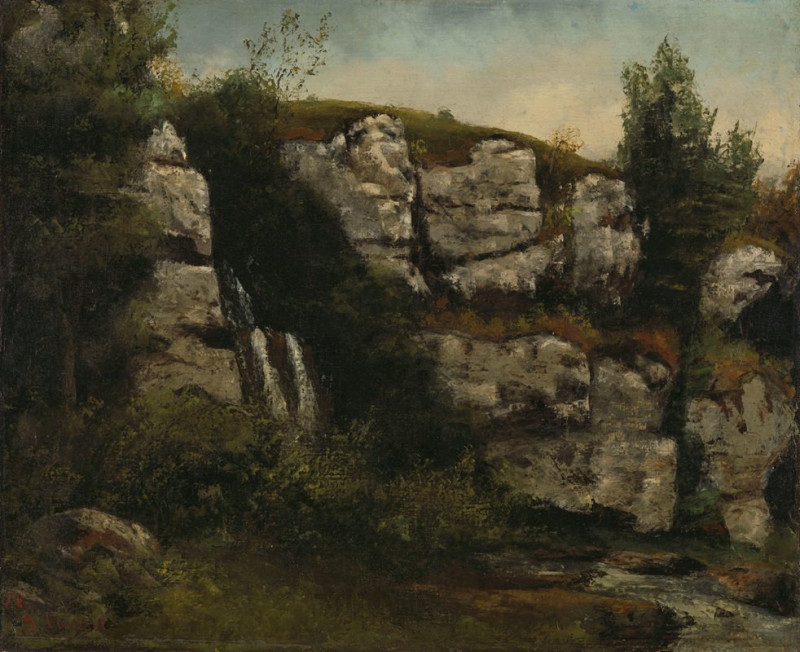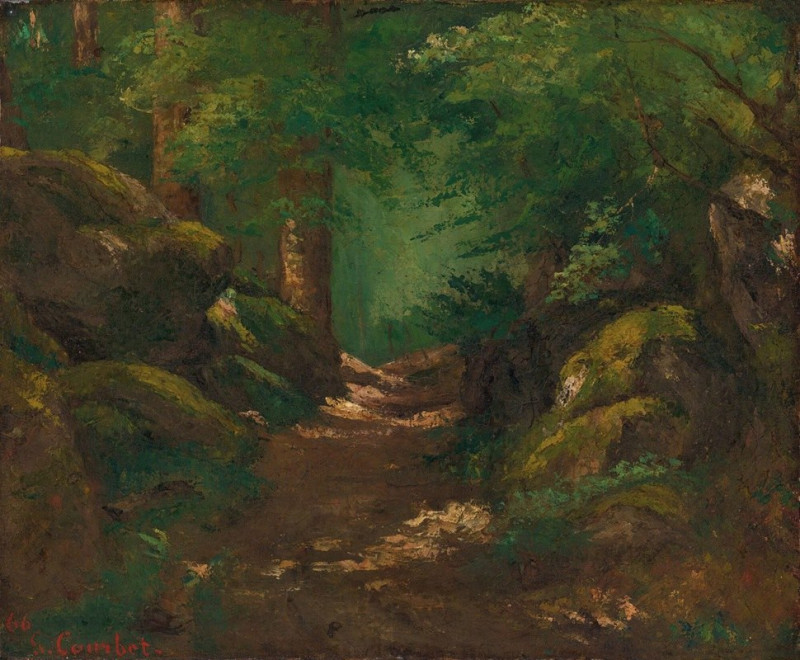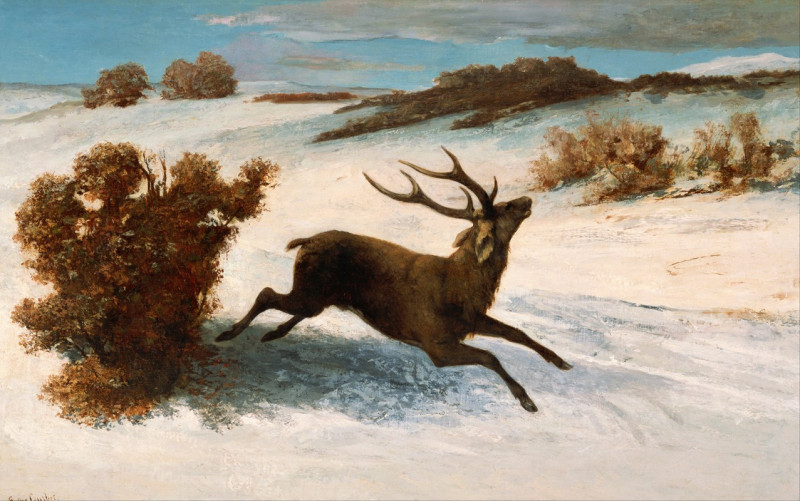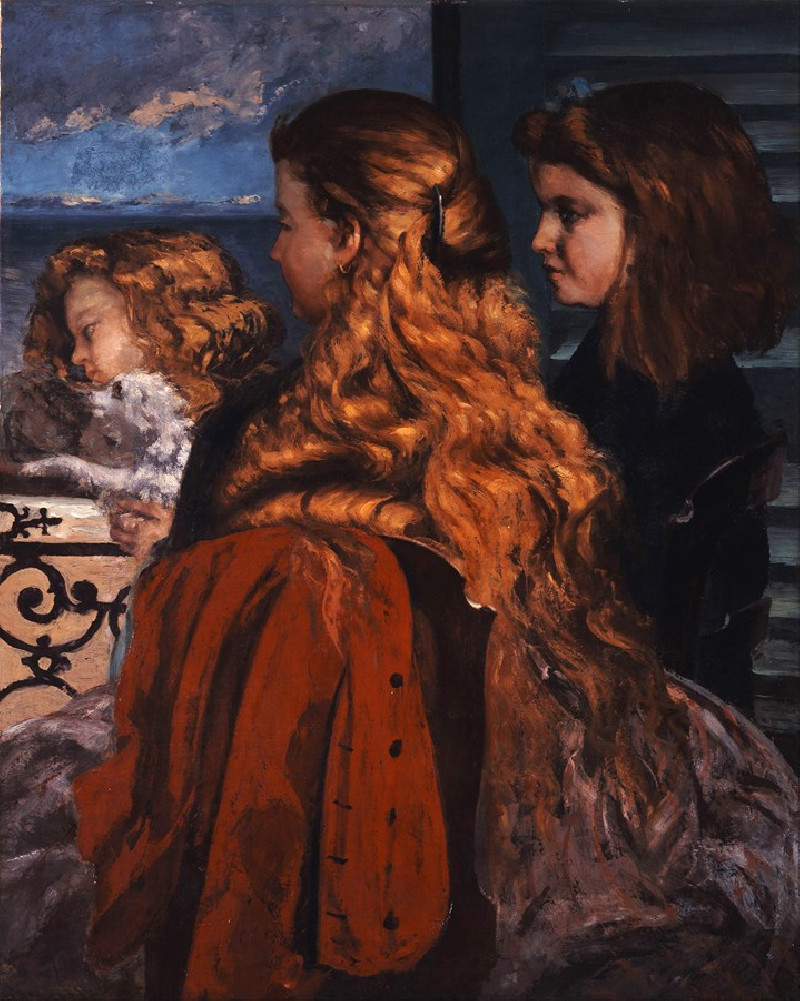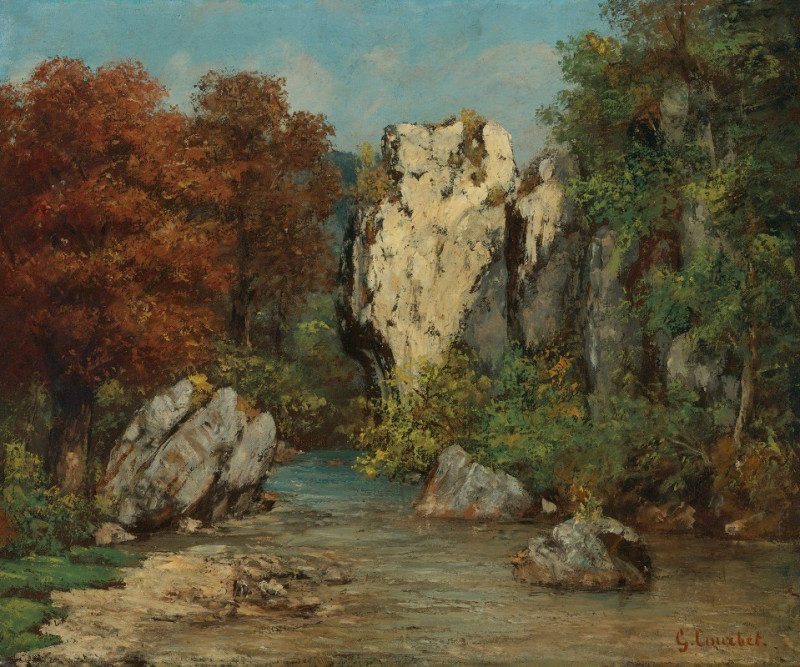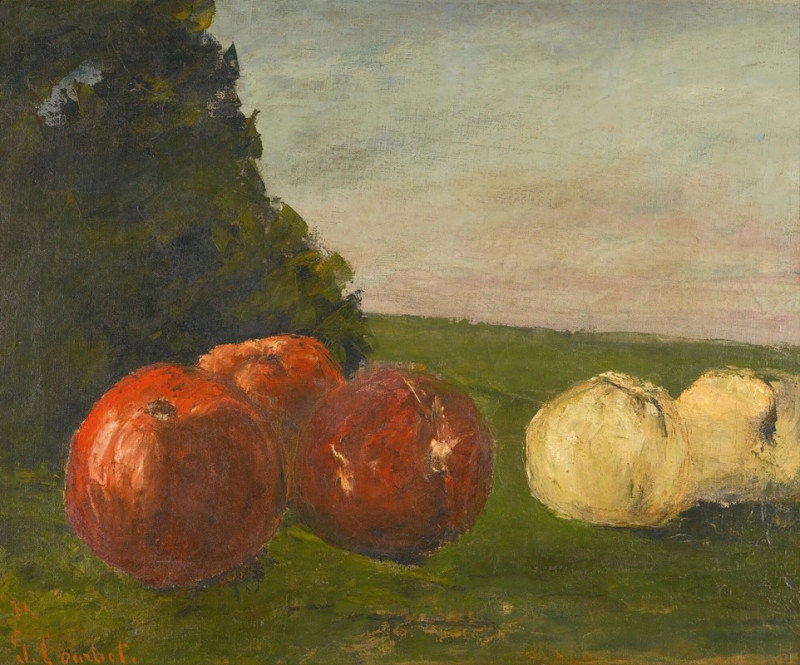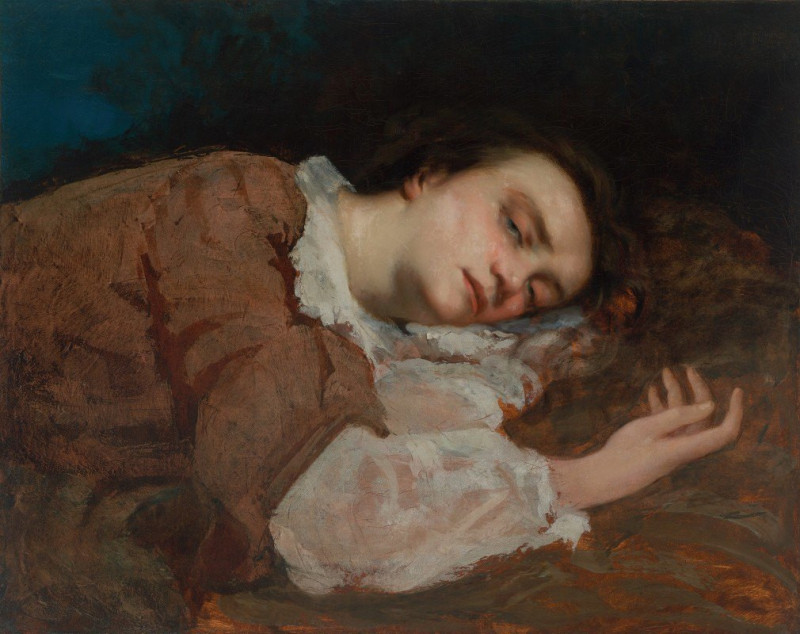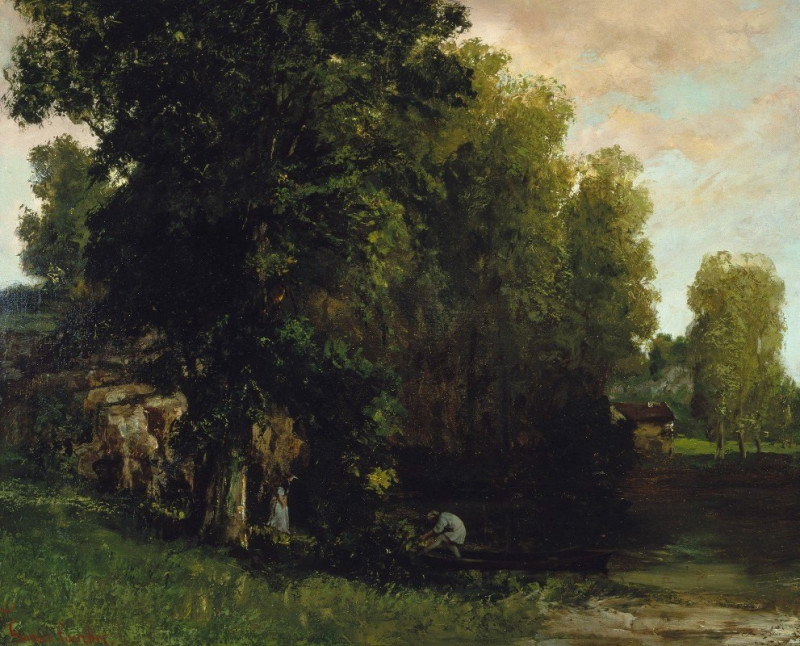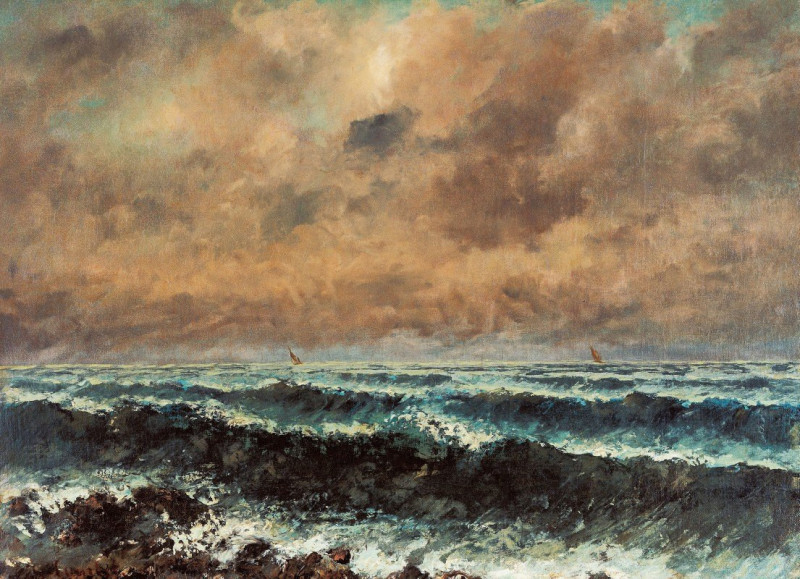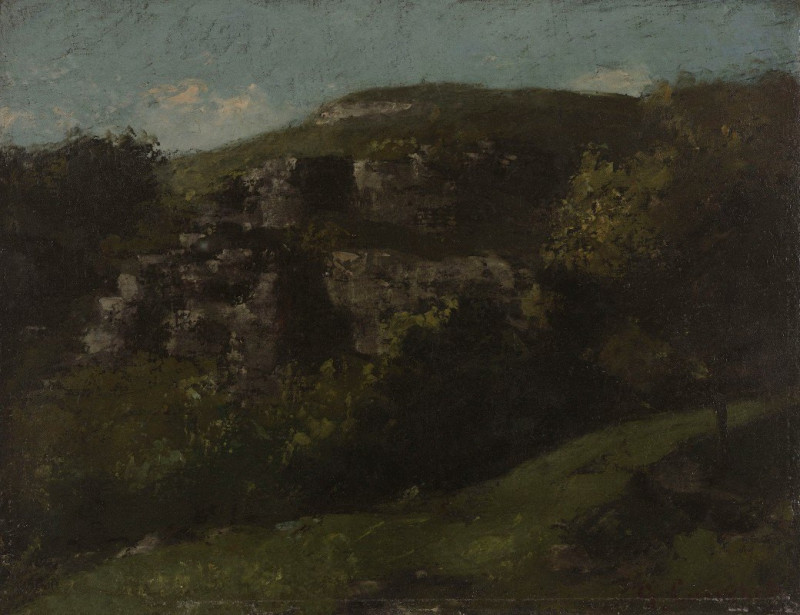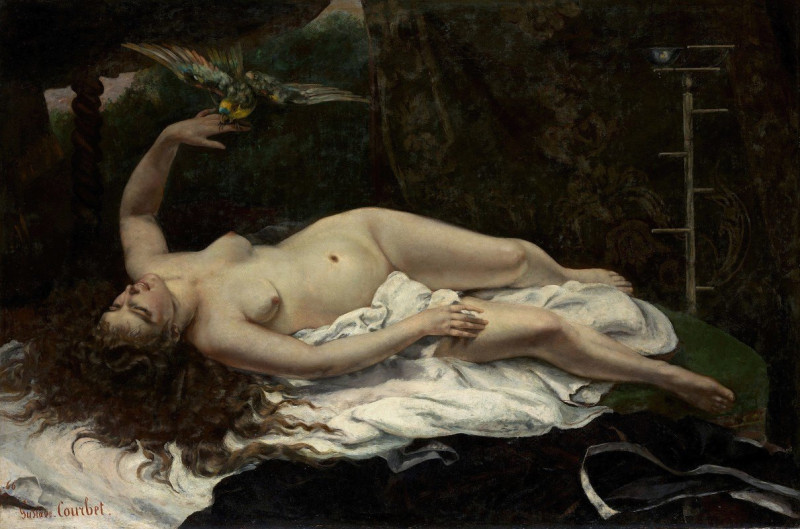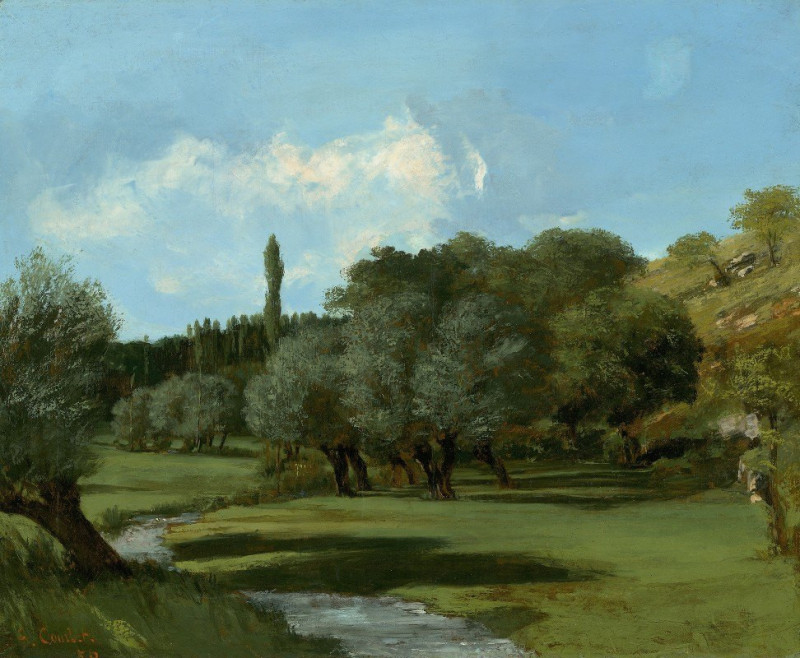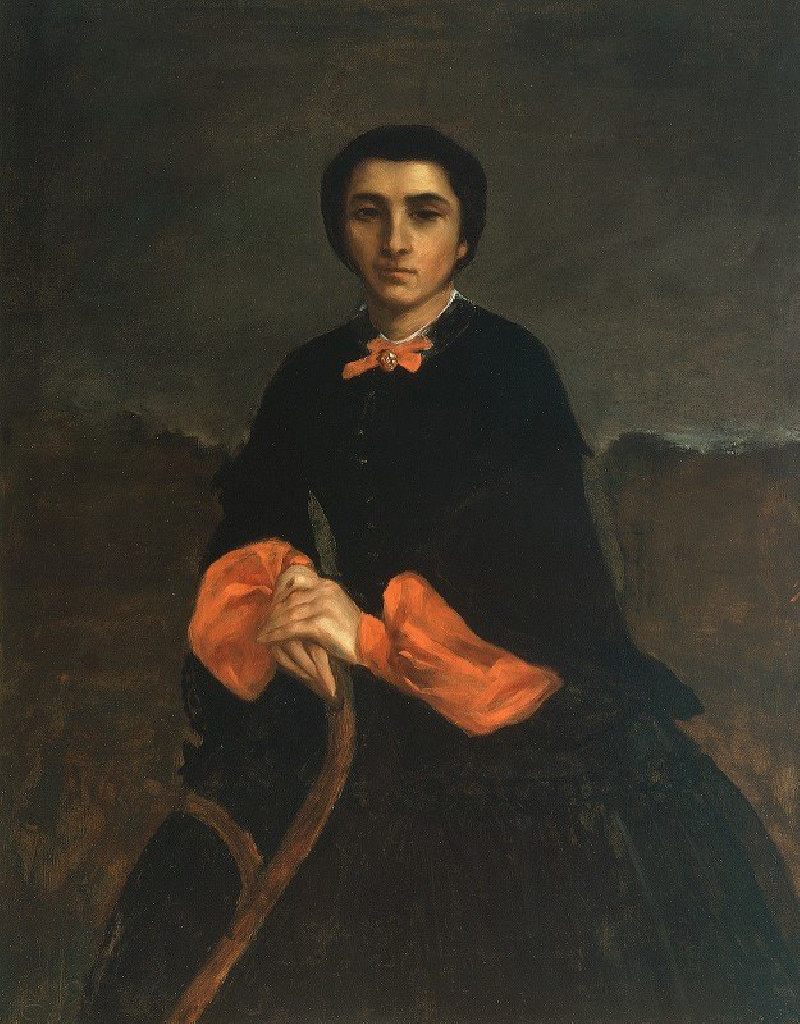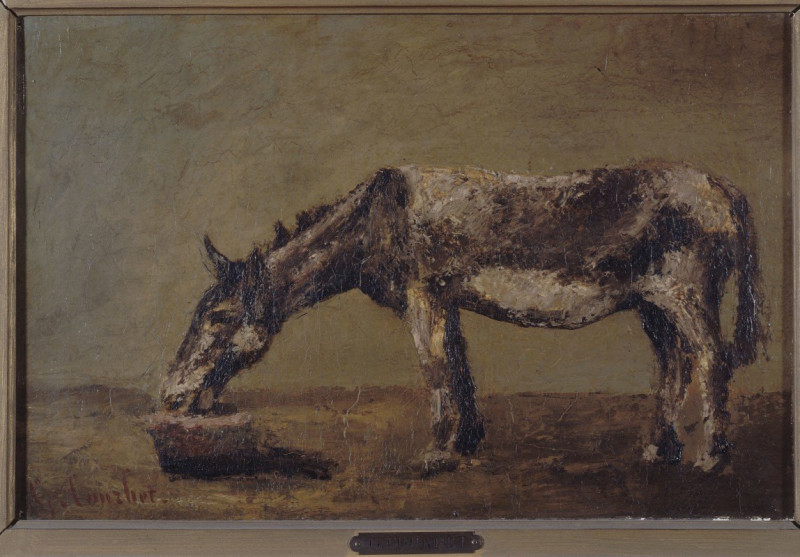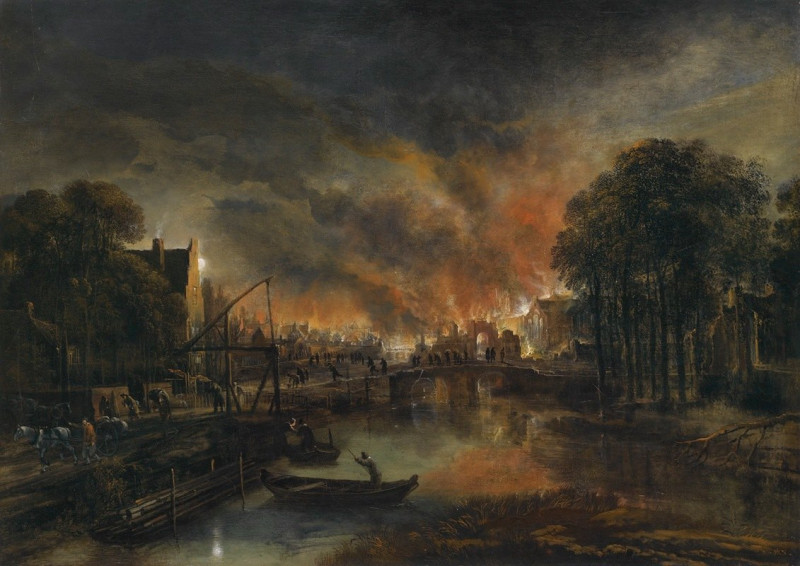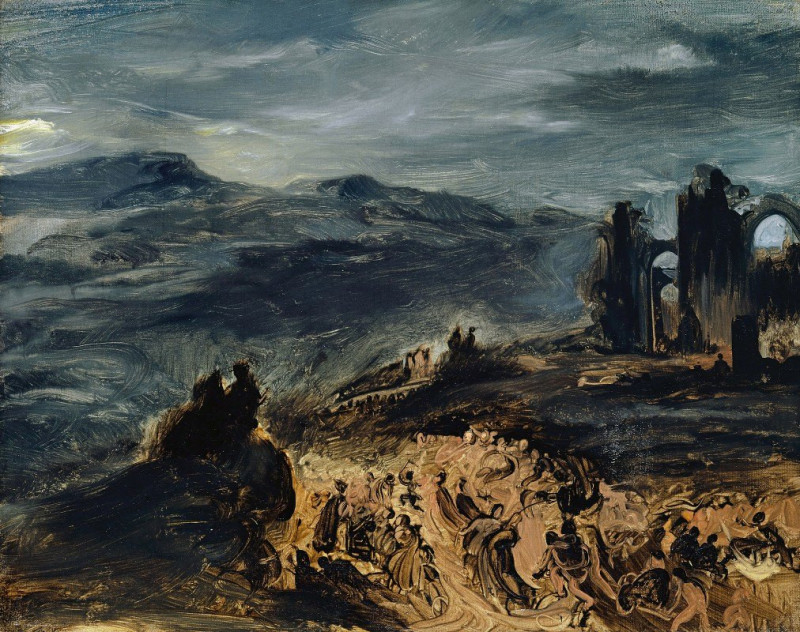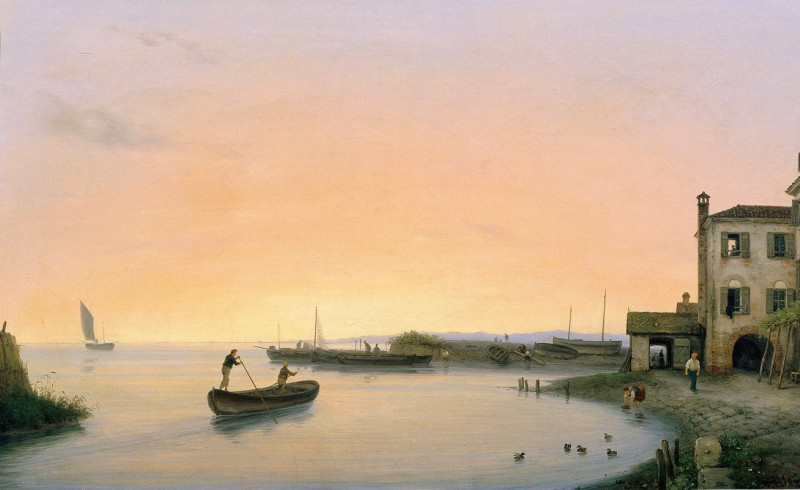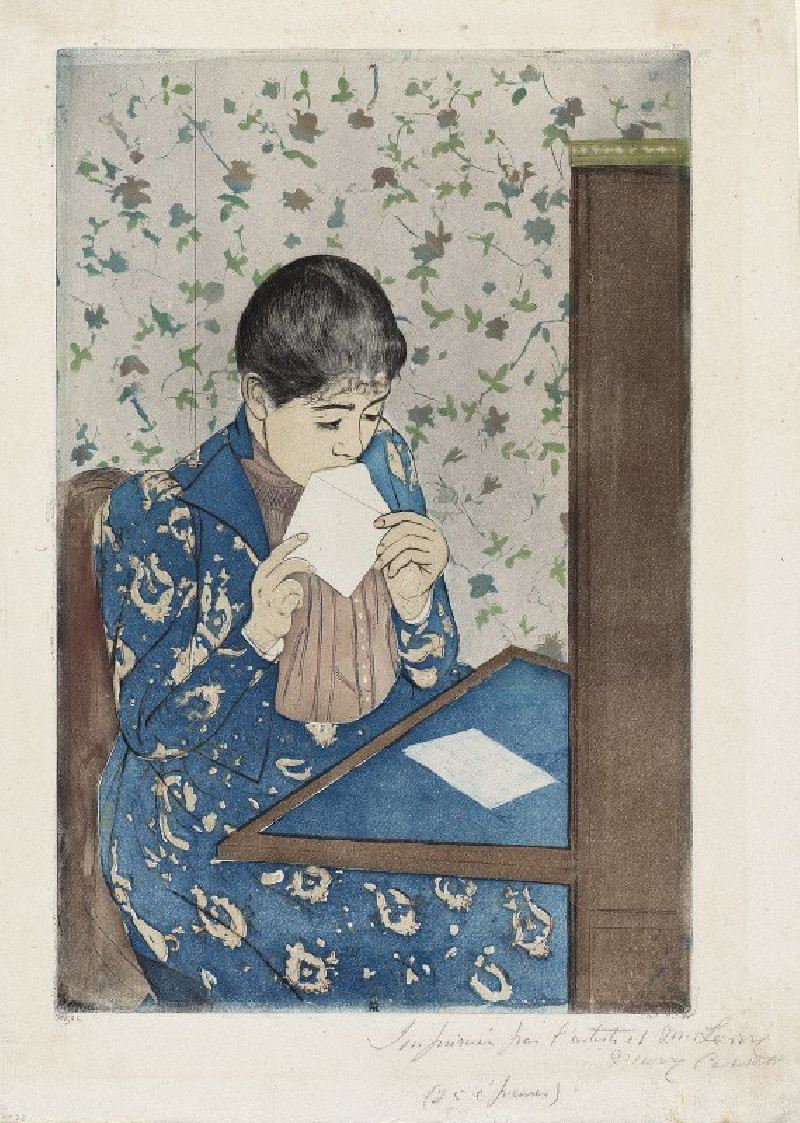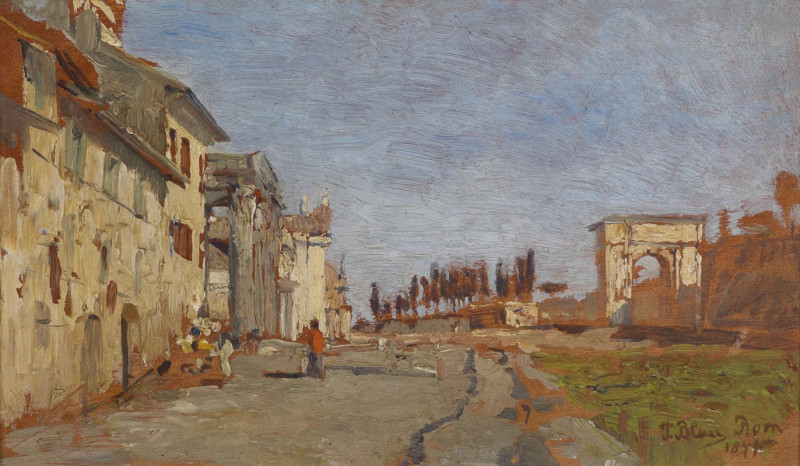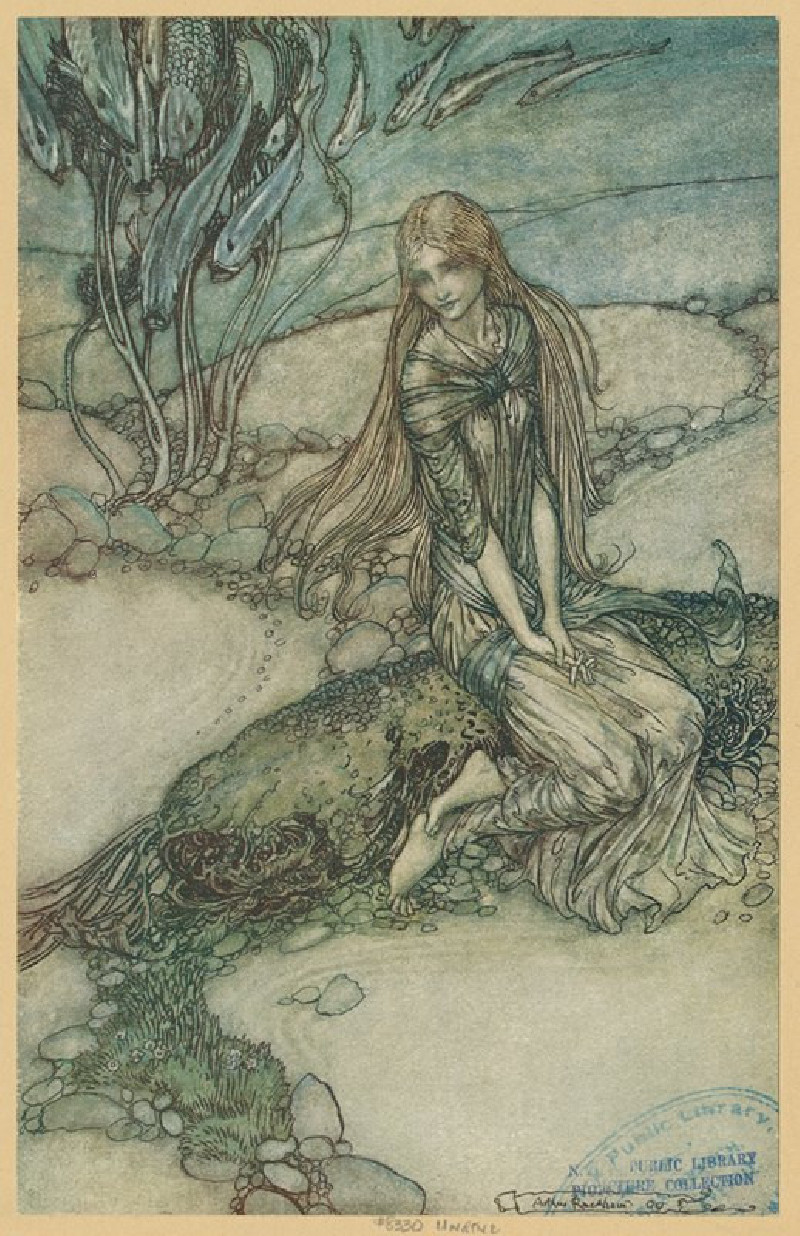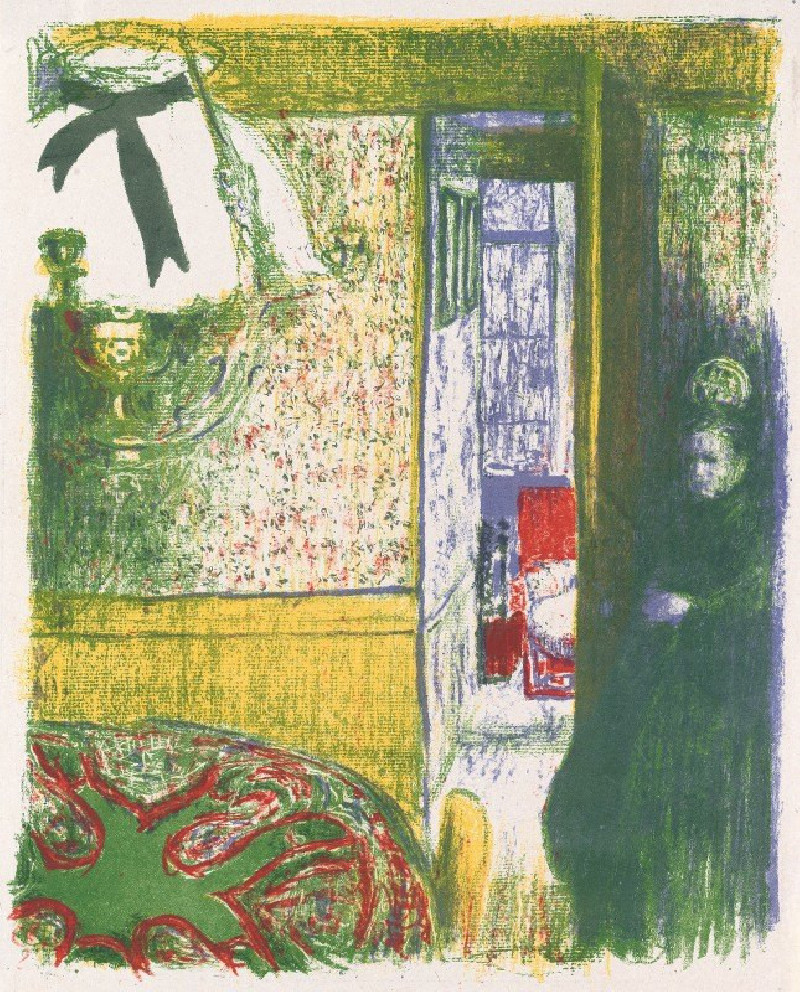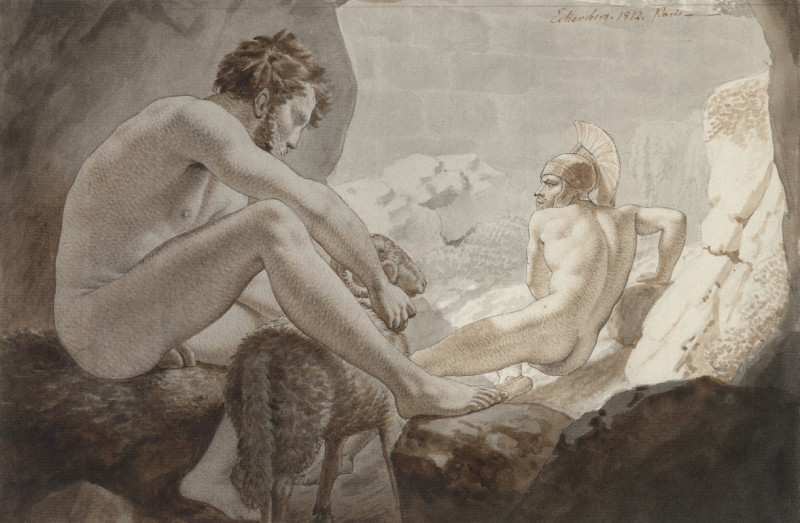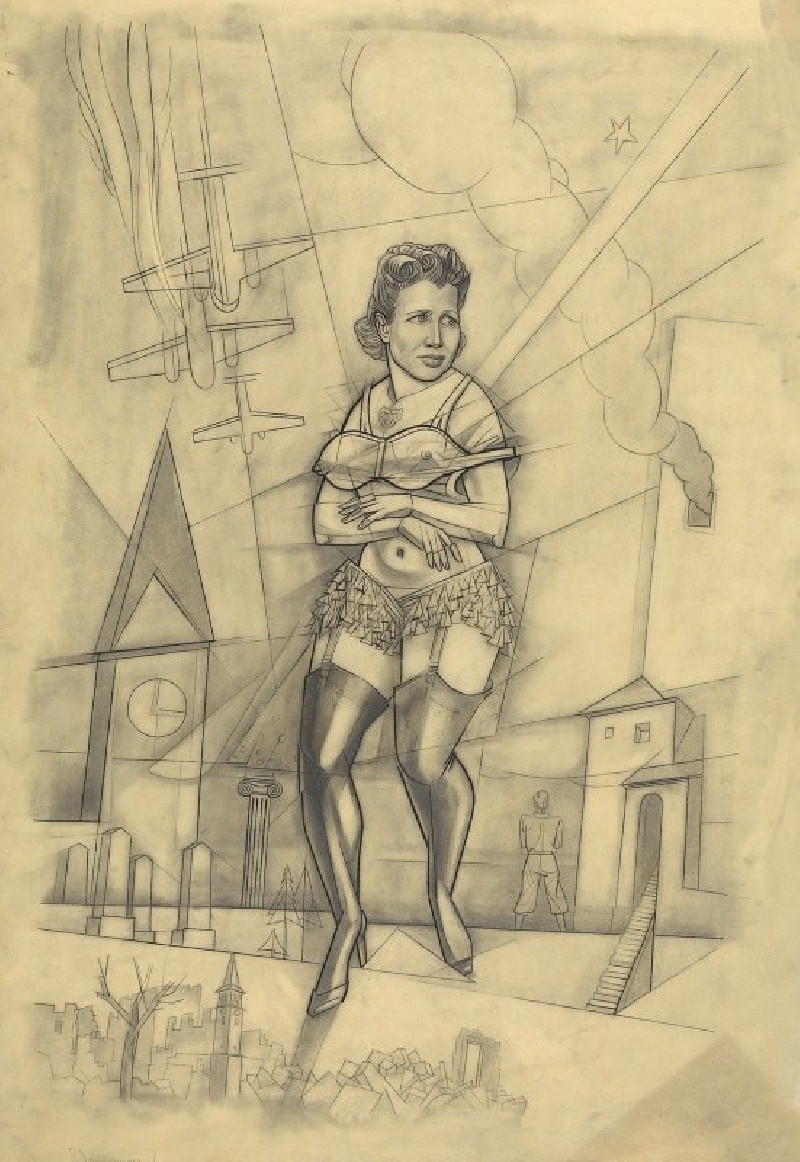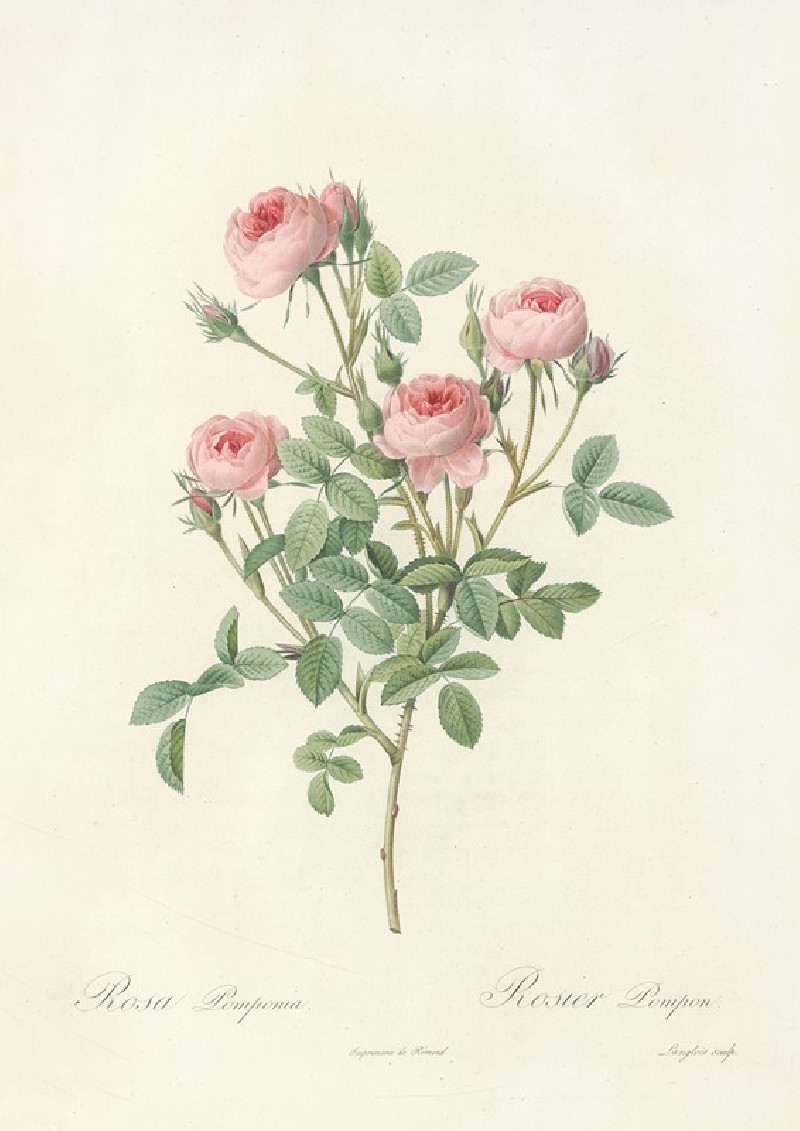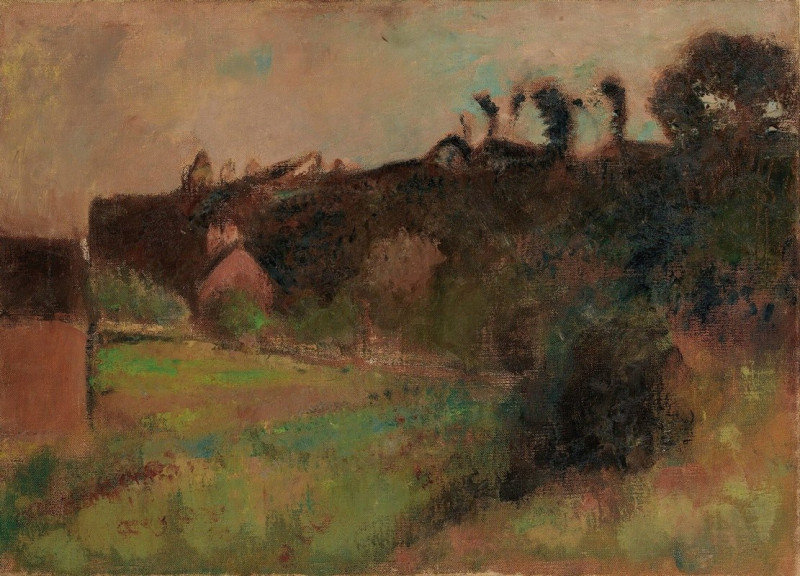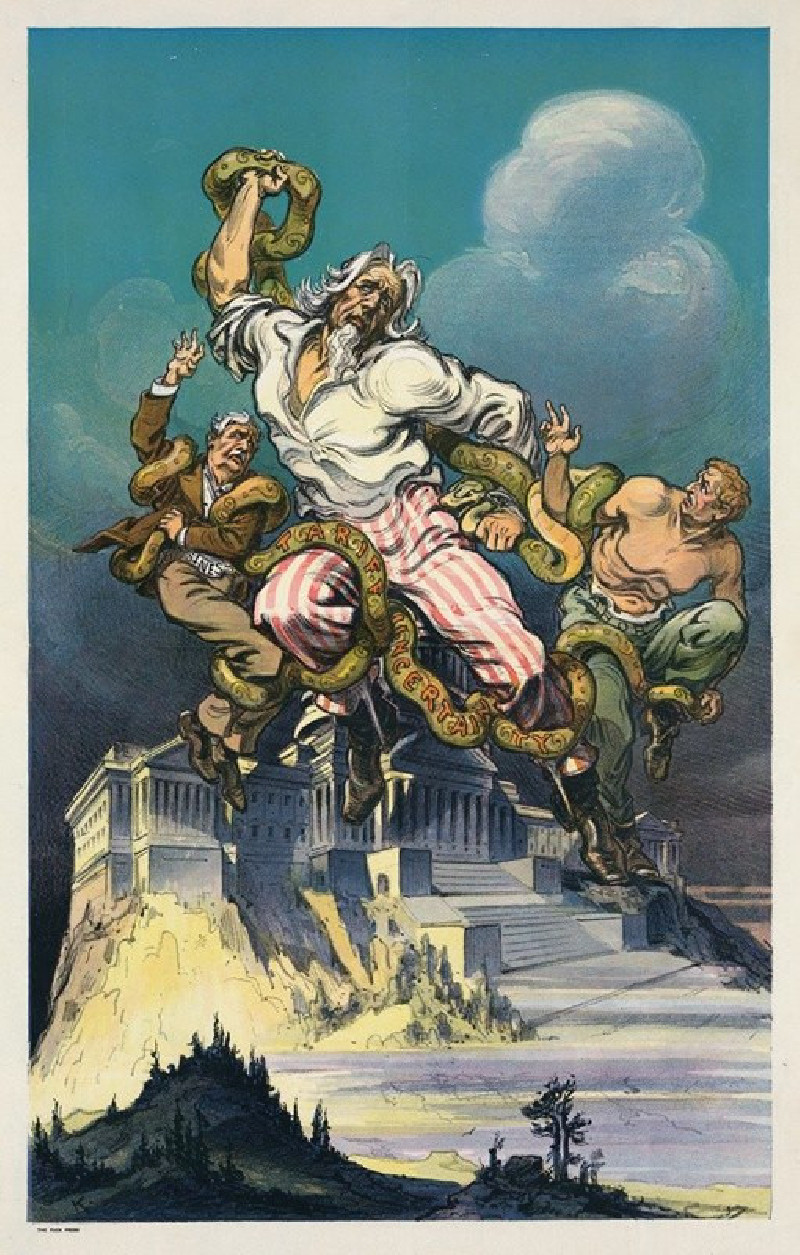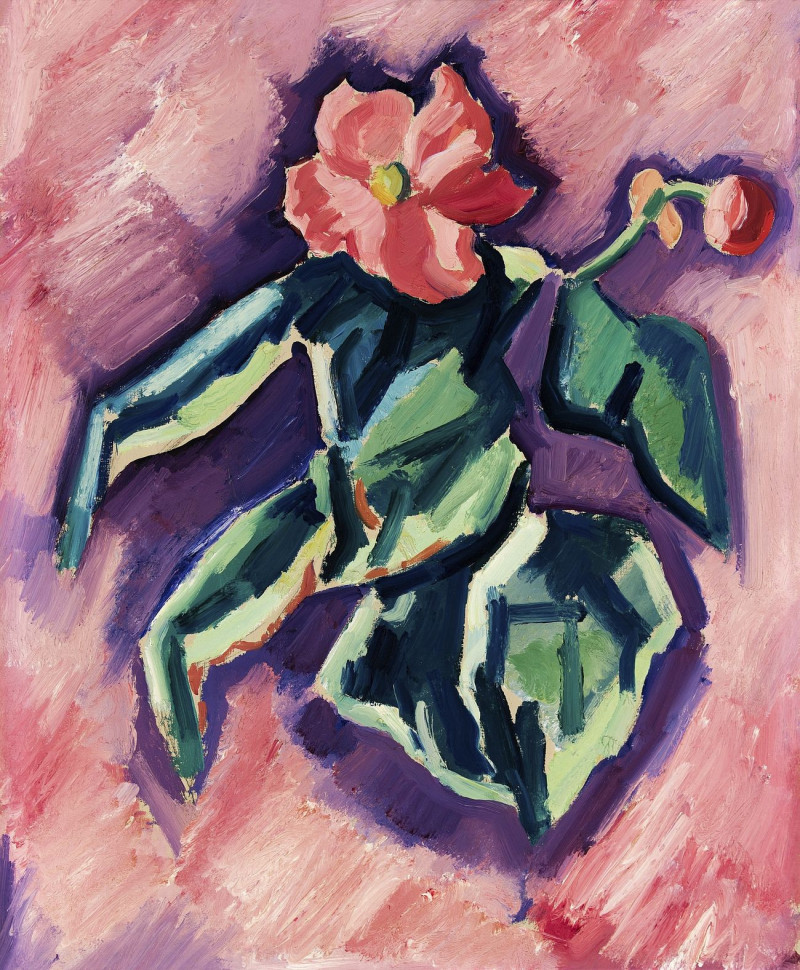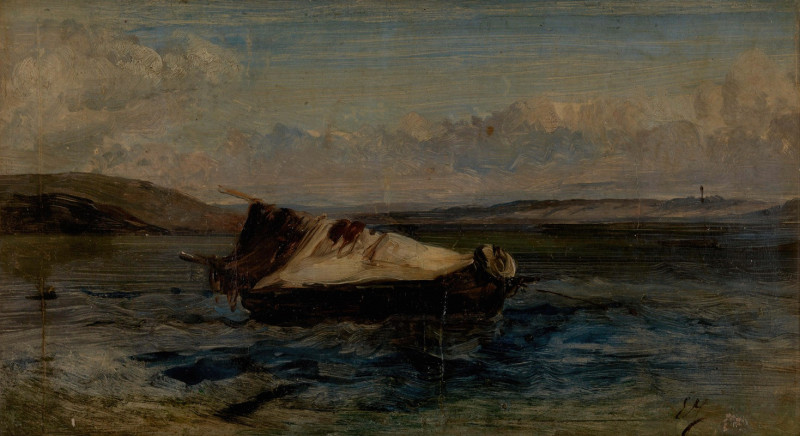Le Veau Blanc
Technique: Giclée quality print
Recommended by our customers
More about this artwork
Gustave Courbet's realistic painting, "Le Veau Blanc," masterfully captures the essence of rural life. This compelling artwork features a young white calf standing gracefully in a lush landscape. The calf, with patches of brown on its otherwise predominantly white coat, embodies a gentle demeanor, its eyes reflecting a serene, almost contemplative state.Courbet's skillful use of light and shadow brings forth the textural richness of the calf's fur and the verdant greens of the backdrop, creating a vivid contrast that enhances the naturalistic feel of the scene. The surroundings are painted with swift, thick brushstrokes, characteristic of Courbet's style, which imbue the scenery with vitality and rustic charm.Positioned near a small, meandering brook, the calf is depicted within a setting of tranquil beauty, its presence reinforcing the peacefulness of the scene. "Le Veau Blanc" not only showcases Courbet's extraordinary talent in portraying animals with empathy and precision but also reflects his deep appreciation for the simplicity and beauty of nature.
Delivery
Returns
Jean Désiré Gustave Courbet (10 June 1819 – 31 December 1877) was a French painter who led the Realism movement in 19th-century French painting. Committed to painting only what he could see, he rejected academic convention and the Romanticism of the previous generation of visual artists. His independence set an example that was important to later artists, such as the Impressionists and the Cubists. Courbet occupies an important place in 19th-century French painting as an innovator and as an artist willing to make bold social statements through his work.




